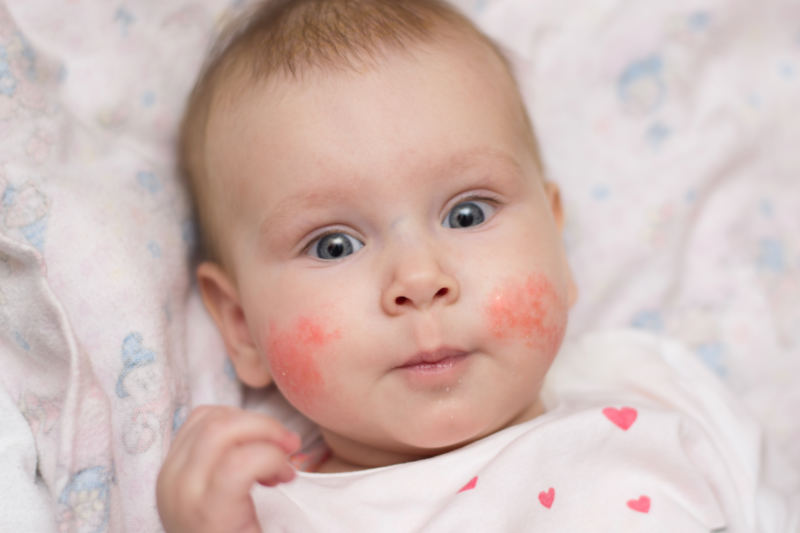
Nội dung bài viết / Table of Contents
This post is also available in: Tiếng Việt (Vietnamese)

Impetigo is highly contagious skin infection that causes sore to appear on your skin. The sore appears red and can happens anywhere on your body.
In some cases, they are more common especially around nose and mouth, and on hands and feet. Once they break open, they leak fluid and then develop a yellow-brown crust.
Impetigo is one of the most common skin infections in children, especially for those who are 2-5 years old. Impetigo occurs more rarely in adults, usually following another skin condition or an infection and more common in men. Please discuss with your doctor for further information.
The common signs and symptoms of impetigo are:
There may be some signs or symptoms not listed above. If you have any concerns about a symptom, please consult your doctor.
If you have any signs or symptoms listed above or have any questions, please consult with your doctor. Everyone’s body acts differently. It is always best to discuss with your doctor what is best for your situation.
Bacteria is one of the causes of impetigo. You can get bacterial infection when you are exposed through contacting with the sores or contaminated fluids from blisters of the infectious person.
One of two kinds of bacteria that are responsible for causing impetigo is bacteria-strep (streptococcus) or staph (staphylococcus).
The bacteria come into the body if your skin is injured and opened, even by invisible skin break, due to skin problems such as eczema, poison ivy, insect bites, burns, or cuts.
After having a cold or allergies that have made the skin under the nose raw, children can develop impetigo. In some cases, impetigo can still occur in completely healthy skin.
There are many risk factors for impetigo, such as:
The information provided is not a substitute for any medical advice. ALWAYS consult with your doctor for more information.
Your doctor usually diagnoses impetigo by looking at the distinctive sores.
In case your condition do not getting better, a sample of the liquid produced by a sore needs to be tested to see what types of antibiotics might work best on it.
Some types of the bacteria that cause impetigo have become resistant to certain antibiotic drugs. Therefore, it is necessary to take sample to prevent such reaction.
If you or your child shows other signs of illness, you can be required to take blood or urine tests.
You can treat your impetigo by using an antibiotic ointment or cream that you apply directly to the infected areas. In some cases, you might need to eliminate the scabs by soaking the affected area in warm water or applying wet compresses. Once the scabs are removed, the antibiotic can penetrate the skin well.
You can have antibiotic drugs that can be taken by mouth when you have lots of impetigo sores that you can’t use antibiotic ointment or cream on. It is important that you must follow the entire course of medication even if the sores are healed. If you stop using due to seeing everything is fine, you can have recurrence and antibiotic can develop resistance.
Read more post:
What are some lifestyle changes or home remedies that can help me manage impetigo?
The following lifestyles and home remedies might help you cope with impetigo:
If you have any questions, please consult with your doctor to better understand the best solution for you.
Sources: